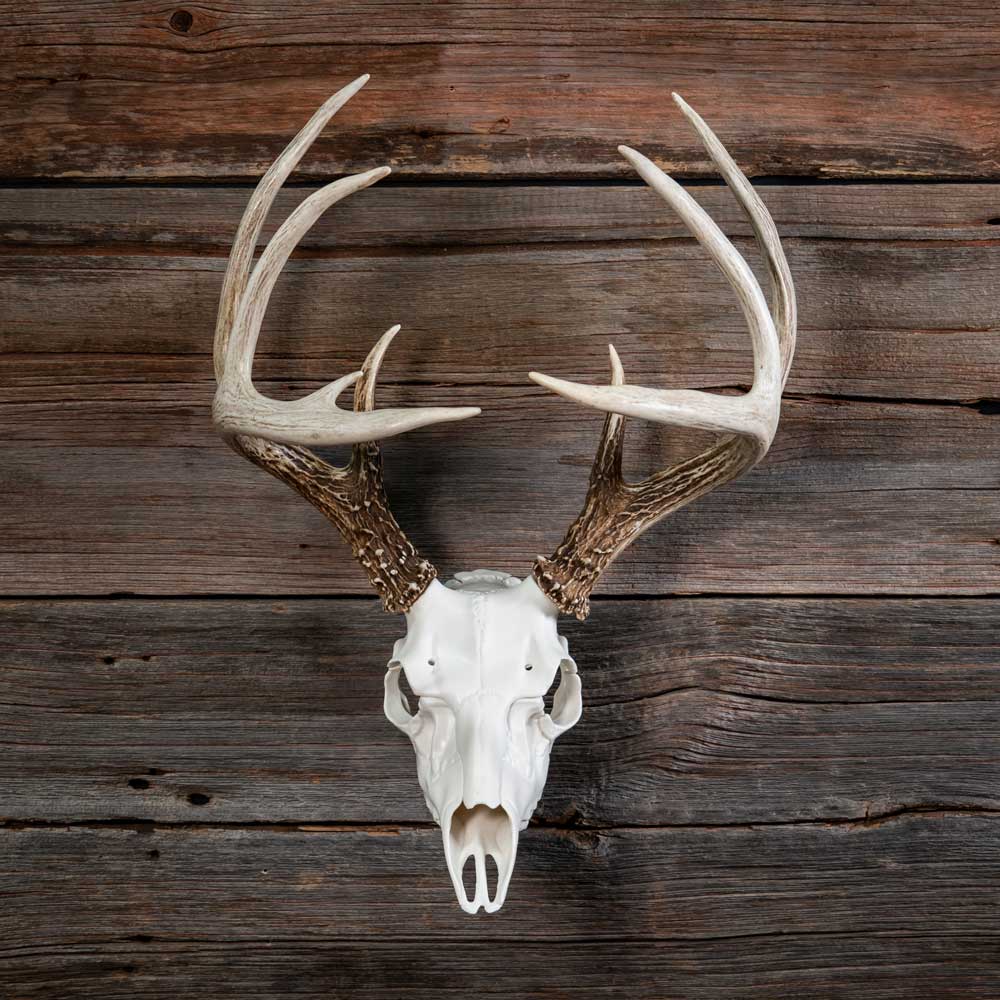When you harvest a big game animal—whether it’s a deer, elk, moose, bear, or other large species—the focus often lies squarely on the meat. But after the prime cuts are taken, there remains a wealth of potential in the rest of the carcass. When handled with respect, the non-meat portions can contribute to art, craft, ecosystem health, tradition, and sustainability. Let’s explore how.
1. Hides, Pelts & Skins
The hide of a large game animal is more than just a by-product of butchering. It can be turned into:
- Tanned leather or rug: The hide can be cleaned, stretched, tanned (either naturally or commercially) and turned into a rug, seat cover, wall-hanging or even a jacket or vest.
- Craft materials: Smaller trimmed sections might be used for gloves, pouches, moccasins, or decorative trim.
- Educational/traditional uses: Native or traditional communities may process hides for ceremonial items or cultural artifacts.
Tanning and preserving hides takes time, proper tools and chemicals or organic methods (e.g., brain tanning or vegetable tanning) to make the hide durable and usable.
2. Antlers, Horns, Bones & Teeth
A great deal of value lies in the skeletal and hard-tissue parts of large game:
- Antlers/horns: These can be cleaned, bleached or polished and crafted into knife-handles, chandeliers, chandeliers or lamp stands, furniture accents, walking sticks, or decorative mounts.
- Bones: Larger bones (femur, shoulder blade, skull) can be used for carving, artifact making, tool-handles, or ground into bone meal (for fertilizer) or perhaps even jewellery.
- Teeth, claws, hooves: These smaller parts may serve decorative, craft or traditional uses — pendants, charms, button covers.
- Skull mounts: A classic trophy mount is of course a display of the skull with antlers/horns intact. But beyond “trophy”, many mount skulls in artistic ways, e.g., bleached and minimalist.
In fact, sources highlight that antlers and pelts are explicitly referenced in “10 Things to Do With Game Besides Eating the Meat”. NRA Women
3. Fat, Grease & By-product Rendering
Far from being waste, the internal fat and greases from a carcass can be processed into:
- Tallow/grease: Rendered animal fat can be used for soap-making, candle-making, waterproofing leather, lubricants or cooking medium (if processed cleanly).
- Bone marrow: The marrow inside large bones is edible (and prized by some) and can also be extracted for oil or nutrient uses.
- Gelatin or soup stock (though this is closer to “meat use” than purely by-product) but it’s still using parts often discarded.
- Fertilizer / soil amendment: Bones crushed or buried contribute nutrients (calcium, phosphorus) to soil. One article notes large carcasses create nutrient pulses that increase plant diversity in a local area. Mossy Oak
4. Ecosystem & Wildlife Support
When big game carcasses are left (or disposed) in the wild in appropriate locations, they can benefit ecosystem health:
- Scavenger food-source: Birds of prey (eagles, vultures), coyotes, foxes, beetles and other decomposers rely on carrion. According to one piece: “When an animal dies… its decomposition is gradual … dozens of species of flies, carrion beetles do their part.” Mossy Oak
- Nutrient cycling: Decomposing carcasses return carbon, nitrogen and other elements to the soil. As the article puts it: “a large carcass … stimulates a large pulse of nutrients into the soil and … plant complexity increased.” Mossy Oak
- Habitat benefit: Leaving remains in a safe place may bolster local predator and scavenger populations, supporting biodiversity.
That said: there are legal and environmental considerations (especially with disease risk such as Chronic Wasting Disease). One agency advises following regional rules about carcass disposal. Idaho Fish and Game+1
5. Artistic, Decorative & Heritage Uses
Beyond functional uses, big game carcasses offer rich potential for art and heritage work:
- Taxidermy & preservation: Preserving skins, heads, antlers for display, museum mounts, or as family-heirloom pieces.
- Sculpture & installation: Artists may use bones, antlers or whole skeletal frames in modern art installations, furniture design, lighting fixtures, etc.
- Cultural/traditional artifacts: Many Indigenous cultures and heritage hunters incorporate material from game animals into ceremonial dress, storytelling items, structural uses (e.g., bone tools, horns as musical instruments).
- Educational displays: Schools, wildlife centres or museums may use skeletons and carcass remnants to teach anatomy, ecology, or wildlife management.
6. Practical Disposal & Ethical Considerations
If you decide not to turn every part into a craft or artifact, the carcass still has value—but it must be disposed of responsibly:
- Avoid dumping in streams: One article warns that placing a carcass into a small stream can reduce oxygen levels and harm aquatic life. Mossy Oak
- Follow local regulations: In areas with disease concerns (like CWD in deer/elk), transport of certain bones, heads or carcasses may be restricted. Idaho Fish and Game
- Choose appropriate location: Leaving remains in open field for scavenger access may be the most natural solution. As one writer put it, vultures and eagles cleaned up a carcass “within a day.” Mossy Oak
- Sanitation & hygiene: If processing hides or bones for crafts, it’s important to render and clean properly to avoid odors, pests or microbial issues.
- Respect for the animal: Many hunters see the “whole-use” approach (meat, hide, bones, fat) as respecting the life of the animal and reducing waste.
7. Tips for Hunters & Processors
Here are practical suggestions if you want to maximise the uses of a big game carcass:
- Prioritise immediate processing of meat, then salvage hides, antlers and large bones before deterioration sets in.
- For hides: Skin and stretch as soon as possible; keep cool and dry until tanning.
- For antlers/horns: Clean of flesh, soak/soak in mild bleach if desired, allow to dry slowly, then polish or seal for durability.
- For bones: Consider boiling/degreasing to remove tissue, drying, and then either carving or crushing for mineral-rich soil amendment.
- For fat: Collect as cleanly as possible, render ASAP (heat slowly, strain) and store in sealed containers (cool place).
- If leaving remains in nature: Pick an open field, not near watercourses; check local laws; and perhaps document the “carcass site” so you’re aware of any wildlife activity.
- Consider partnerships with local craftspeople, artists or heritage groups who might value hides, antlers or bone material (sometimes even after you’ve harvested the meat for yourself).
- Keep good records/photographs if you are using parts for resale or craft, especially in regions where regulations apply to wildlife parts.
8. Conclusion
Harvesting big game is a significant event, and treating the animal with respect means more than just taking the meat you need. The hide, bones, antlers, fat and even the carcass remainder each hold value—ecologically, culturally, artistically and practically. By recognising those uses, you turn what might be “waste” into resources, uphold traditions of whole-use, and contribute to sustainability in hunting and wildlife management.
Whether you turn antlers into a beautiful piece of furniture, render fat into soap, leave bones for the local scavengers, or craft a raw-hide jacket, you’re doing more than hunting—you’re participating in a broader cycle of use, respect and resourcefulness.



